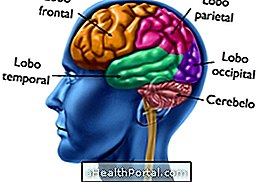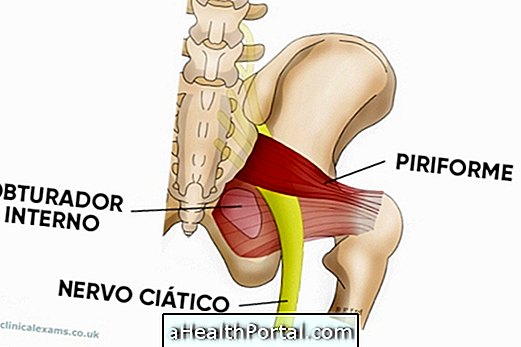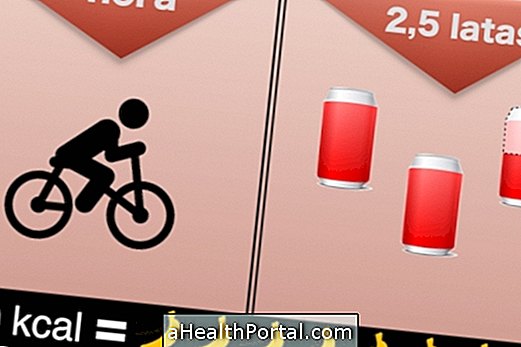The main consequence of malnutrition is the reduction of physical growth and the lower intellectual performance in children. This is because the extreme thinness ends up reducing the height that the child could reach in adulthood, and it hinders their learning, memory and reasoning.
Malnutrition occurs due to a chronic lack of calories and nutrients in the body, which can be due to either the absence of food or the inability to eat properly, as in the case of serious diseases such as cancer.

Thus, its main consequences are:
- Severe weight loss;
- Poor growth;
- Low immunity, favoring the appearance of diseases;
- Anemia;
- Difficulty in wound healing;
- Fragile skin, hair and nails;
- More visible wrinkles;
- Intestinal malfunction;
- Delay in intellectual development in children;
- Infertility.
In addition, in the most serious cases, malnutrition may end up leading to death.
Risk Groups

The main group at risk for malnutrition are infants, especially when the mother does not adequately breastfeed the child or when the baby does not consume the milk appropriately for her age, and children up to 5 years old, at which stage it depends entirely on the care of adults to feed themselves.
In addition, the elderly and people with anorexia or other serious illnesses, such as cancer and heart failure, are also more likely to become malnourished because they usually can not consume the required amount of food per day.
How to treat
The treatment of malnutrition is done with the doctor and nutritionist and varies according to the cause of the problem, because not always the solution is just to eat more. In the case of people with anorexia, for example, also needed medical and psychological monitoring to solve the eating disorder that causes thinness.
In cases of cancer and other serious diseases, it may be necessary to use dietary supplements or alternative feeding options, such as the use of nasogastric tube or parenteral nutrition, which is done only in the hospital. See more about malnutrition treatment.























